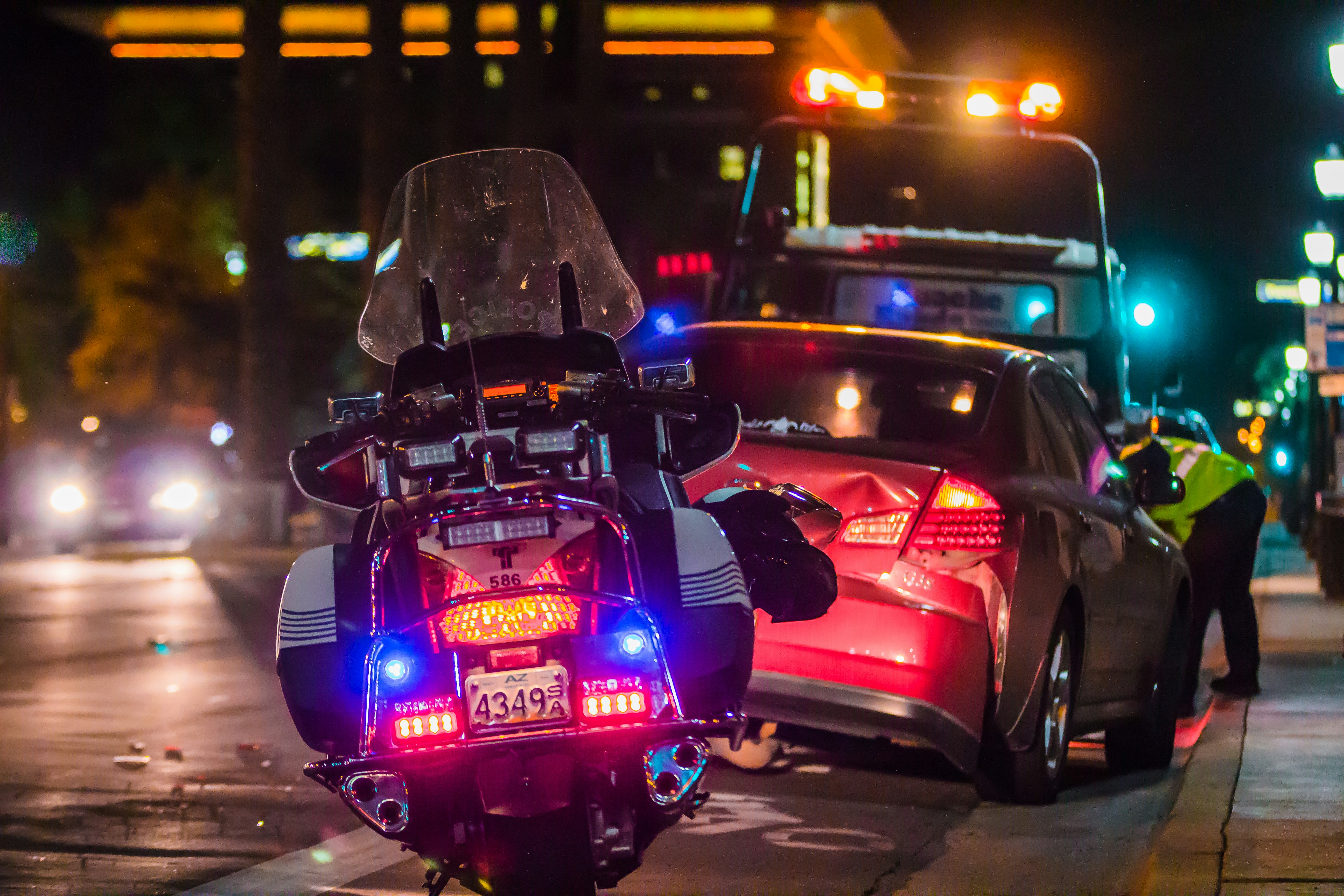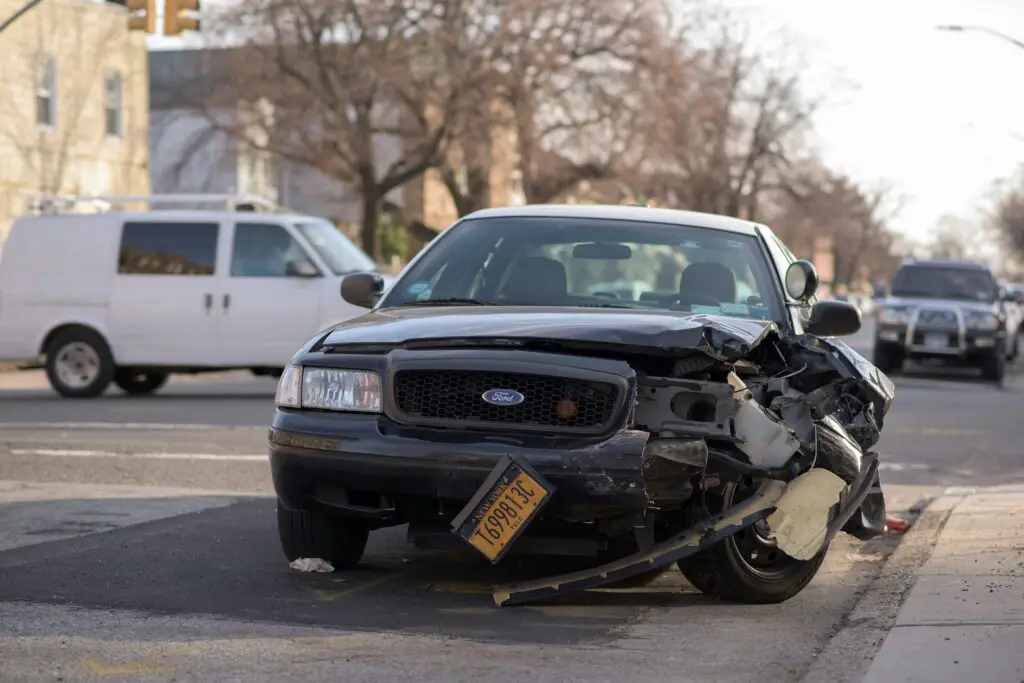Related Posts
The video footage shows the horrific outcome of left-hand turns gone wrong. The driver makes a left-hand turn into oncoming traffic. A Jeep rams into the car, spinning it out of control as debris scatters along the road.
Miraculously, both drivers survived. However, it poses the question of which driver is liable for the accident.
Left-Hand Turns: Who Has the Right of Way?
The accident occurred in Florida, but the law regarding left-hand turns is the same in most states. It mandates that drivers exercise caution when making left-hand turns, ensuring they can safely navigate intersections without colliding with other vehicles.
They must also ensure they will not hit a pedestrian who may be crossing either intersection.
If a turn arrow is present at the intersection, drivers must wait until it turns green before making a left turn. Drivers who turn left where signage prohibits it may receive a ticket and be held responsible for any resulting accidents.
What About Cars Turning Right?
You could face unusual circumstances if a car is turning right while you are turning left. Which driver has the right of way in this situation? It depends.
According to Florida law, cars making left-hand turns on a green left turn signal will have the right of way. The car turning right must wait for them to turn.
If both drivers have a green light and no turn signals, the car turning right has the right of way. The vehicle turning left should yield. The only exception would be if the intersection sign prohibits right turns into traffic.
Are There Any Exceptions to Laws Regarding Left-Hand Turns?
Exceptions to left-hand turn laws exist. Drivers making a left-hand turn into traffic will not hold liability for an accident if the following circumstances exist:
- The driver turning left was struck from behind and catapulted into traffic.
- The driver, going straight, ran a red light and struck the left-turning vehicle.
- A driver in a parallel lane hit the left-turning driver, sending the car into the intersection.
- The driver going straight was driving drunk or distracted.
- The left-turning driver initiated the turn when it was safe but had to swerve or slow down due to unexpected circumstances.
- The driver going straight was speeding.
Was the Driver of the Jeep Speeding?

We viewers cannot determine how fast the Jeep traveled when the accident occurred. However, it looks like they were going pretty fast. Therefore, they could be partially or fully responsible for the accident.
Florida is a no-fault state. If the injuries from the accident are minor, both drivers can seek compensation from the insurance carrier. If injuries are more extensive, comparative negligence laws will apply.
Comparative negligence will determine each driver’s liability in the accident. Each party’s attorney will gather evidence to determine who was responsible. Each party will pay damages according to their liability.
For example, if total damages amount to $10,000, one driver bears 10% liability for the accident, and the other bears 90%. The 10% liable driver would pay $1,000 in damages, while the 90% liable driver would pay $9,000 in damages.
Most car accident cases settle out of court. However, if the parties cannot agree on the damage amount, left-hand turn cases may go to court. The court will review the evidence and decide on the awards.

